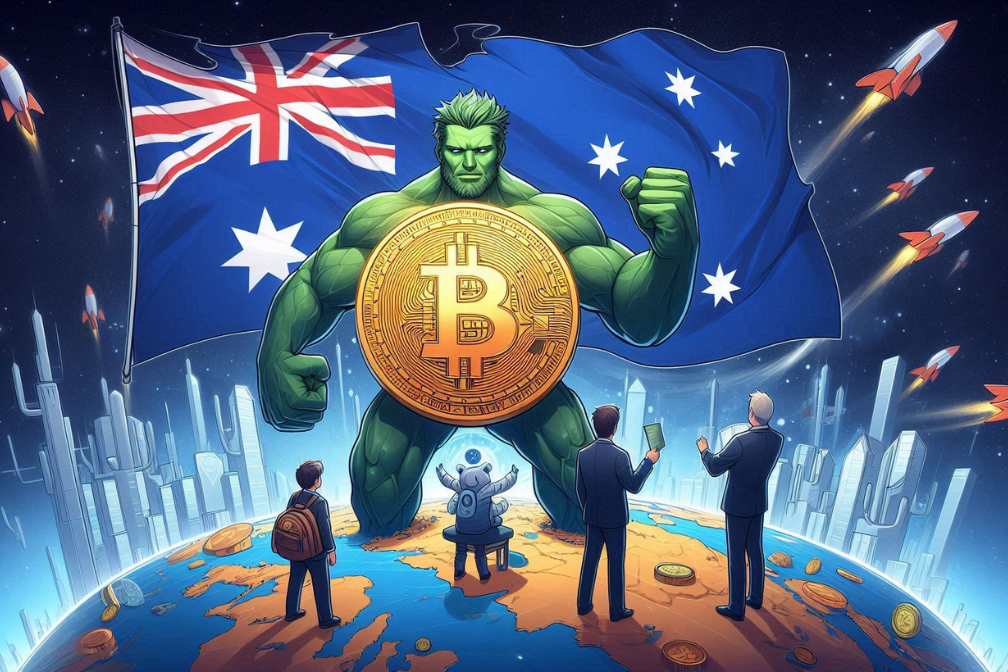How to Buy Cryptocurrency: A Comprehensive Guide to Acquiring, Selecting a Reputable Exchange, Setting Up an Account, and Making a Purchase

Cryptocurrency has gained significant popularity in recent years as a decentralised digital asset that enables secure and transparent transactions without the need for intermediaries like banks or payment platforms. If you're interested in entering the world of cryptocurrency and want to understand the process of buying it, this article will guide you through the steps, ensuring a pleasurable and informed experience.
1. Understanding Cryptocurrency Before delving into the process of buying cryptocurrency, it's crucial to have a basic understanding of what it is and how it works. Cryptocurrencies are digital assets that function as a medium of exchange, similar to the money we use in our wallets. However, unlike fiat currency, cryptocurrencies are typically not issued or controlled by any central authority or government. They rely on blockchain technology, a decentralised, distributed ledger that records transactions across multiple computers, ensuring security and transparency.
2. Selecting a Reputable Exchange The first step in buying cryptocurrency is to choose a reputable cryptocurrency exchange. A cryptocurrency exchange is a platform where you can buy, sell, and trade cryptocurrencies. It's essential to consider factors such as security, reputation, fees, available cryptocurrencies, and user experience when selecting an exchange. Some popular cryptocurrency exchanges include Coinspot, Coinbase, Binance, Kraken, and Gemini. Research and compare different exchanges to find the one that best suits your needs.
3. Setting Up an Account Once you've chosen a cryptocurrency exchange, you'll need to set up an account. The account setup process typically involves providing personal information, completing identity verification (Know Your Customer or KYC process), and securing your account with two-factor authentication. Follow the instructions provided by the exchange to create your account and ensure that you comply with any required verification processes.
4. Choosing a Cryptocurrency Wallet Before making a purchase, you'll need a cryptocurrency wallet to store your digital assets securely. A cryptocurrency wallet is a digital tool that allows you to manage and store your cryptocurrencies. There are two main types of wallets: cold wallets and hot wallets. Cold wallets are physical, hardware-based wallets that offer enhanced security as they are not connected to the Internet. Hot wallets, on the other hand, are software-based wallets that are connected to the Internet and often come in the form of mobile or desktop applications. Popular wallet options include Ledger Nano S, Trezor, and online wallets provided by cryptocurrency exchanges like Coinspot.
5. Making a Purchase With your exchange account and wallet set up, you're ready to make your first cryptocurrency purchase. The process may vary slightly depending on the exchange you've chosen, but generally, you'll follow these steps:
a. Deposit Funds: Link your bank account or credit/debit card to your exchange account and deposit funds into it. This step may involve providing additional verification and complying with any limits or regulations imposed by the exchange.
b. Select the Cryptocurrency: Choose the cryptocurrency you wish to purchase. Bitcoin (BTC) is the most well-known and widely accepted cryptocurrency, but there are many others to consider, such as Ethereum (ETH), Litecoin (LTC), or Ripple (XRP).
c. Determine the Purchase Method: Depending on the exchange, you may have the option to buy cryptocurrency directly using fiat currency (e.g., USD, EUR) or exchange it for another cryptocurrency you already own.
d. Place an Order: Specify the amount of cryptocurrency you want to purchase and review the order details, including the current price and any associated fees. Once you're satisfied, submit your order.
e. Securely Store Your Cryptocurrency: After the purchase is complete, transfer the purchased cryptocurrency to your personal wallet for enhanced security. Leaving your funds on an exchange for an extended period is not recommended due to potential security risks.
6. Security and Best Practices To ensure the security of your cryptocurrency holdings, consider implementing the following best practices:
a. Use Two-Factor Authentication: Enable two-factor authentication (2FA) on both your exchange account and cryptocurrency wallet for an extra layer of security.
b. Keep Software Updated: Regularly update your wallet software and any other applications associated with your cryptocurrency transactions to benefit from the latest security enhancements.
c. Be Wary of Phishing Attempts: Be cautious of phishing attempts or suspicious links that could compromise your account. Always verify the legitimacy of websites and communication channels before providing any sensitive information.
d. Research and Stay Informed: Continuously educate yourself about cryptocurrencies, blockchain technology, and market trends. Stay updated on the latest news and developments to make informed investment decisions.
Buying cryptocurrency can be an exciting and potentially lucrative venture. By selecting a reputable exchange, setting up an account, securing a wallet, and following best practices, you can navigate the process with confidence. Remember that investing in cryptocurrencies carries risks, and it's essential to do your own research and exercise caution. Stay informed, stay secure, and enjoy your journey into the world of cryptocurrency!
Disclaimer: The information provided in this article is for educational purposes only and should not be considered financial or investment advice. Always do your own research and consult with a professional before making any investment decisions.






